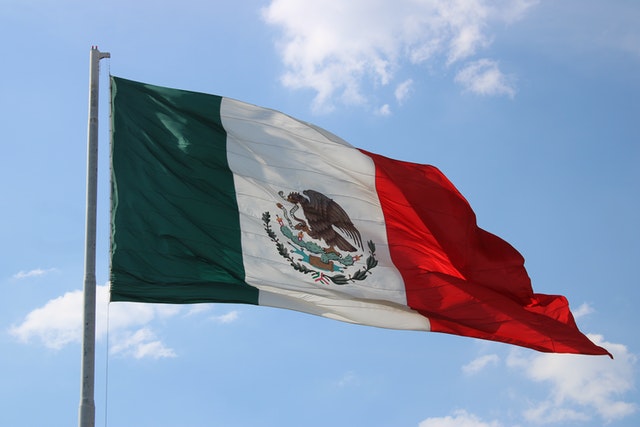
You have always wanted to study in Mexico. You have searched among dozens of scholarships to study in the country. You have located the university that interests you and that has the study program that you want to do. But what do you know about the country? What will you need to enter and live? Here is a little guide to help you get started.
When preparing for your trip to another country to continue your training, you should consider some aspects to take into account when taking your international flight and the customs of the country where you arrive:
1.1 Airport and customs
• Baggage: carry-on and checked baggage
Before heading to the airport, check with your airline about the specific limitations on the number of packages, the maximum measurements, and the weights that apply to the transport of hand and checked baggage.
In addition, it is very important to check the list of prohibited and limited products for various reasons (security, fiscal,…) both in hand luggage and in checked luggage.
• Food and medicine
If you travel with food or medicine, you should check the regulations of the country of destination.
In general, hand luggage can carry food or medicine that you must use during the trip (outbound flight + stay + return flight) due to the need for special diets, illnesses, or children’s food. It is therefore important to have proof of use (prescriptions or medical reports).
If you need to transport other medical supplies (syringes for diabetics, measuring devices, etc.), you must notify your airline in advance, which will inform you of the procedure to follow.
• Money
You must fill out the mandatory declaration requesting information on the amount of money you carry with you in any of the related forms (bill, cash, check,…).
Arriving in the country where you are going to enjoy your scholarship, the immigration authorities of that country may require you to prove your economic solvency to cover your expenses during your stay (credit cards, traveler’s checks, and/or cash). If you do not meet this requirement, at the discretion of the migration agent, you may be denied entry into the country. The minimum amounts required vary for each country. An international credit card is generally considered sufficient to cover expenses.
• Companion animals
It is convenient that when you make the reservation or purchase of the ticket, either in the airline or in the travel agency, you communicate your intention to take a pet on board and that you are informed of the specific conditions for its transport (documentation of identification, vaccination, microchip, etc.).
• Luggage incidents
If at the time of receiving your checked baggage you detect destruction, loss, or damage to it and if the event that caused the damage occurred on board the aircraft or while the checked baggage was in the custody of the company, the airline is responsible. In this case, you must immediately go to the company’s counter at the airport to file the corresponding report.
However, the company will not be liable to the extent that the damage is due to the nature, defect, or vice of the baggage.
In the case of unchecked baggage, including personal belongings, the company is responsible if the damage is due to its fault or that of its dependents or agents.
• Obtaining a visa
Once you have completed the procedure to obtain your scholarship, having been chosen, you need to obtain the necessary permits to remain in the country or country of destination during the time of the scholarship.
To find out if you are required to obtain a visa to enter Mexico as a student, consult the website of the National Migration Institute.
If you need to obtain it, contact the diplomatic representation of Mexico in your place of residence through the following links:
Once you have selected the Mexican representation, go to its website and select “Visas”, where you will be informed of the steps to follow to obtain it. This procedure must be carried out at least one month before your departure, preventing delays in it.
In case you do not need it, take with you when you go through the customs agent your letter of acceptance from the Institution where you are going to study.
To learn about all the necessary procedures for entering Mexico, we suggest you visit the portal of the National Institute of Migration (INM)
The University of Monterrey also offers information of interest on immigration procedures for students.
Baggage inspection procedure
Once you have filled out the “Customs declaration for passengers from abroad” format delivered by the airline, it is delivered to the customs agent at the point prior to your departure from the airport.
There is a random baggage check at this point, that is, it works with an automated mechanism or traffic light. If the traffic light is green when you pass, nothing will be checked. On the other hand, if it is red, they will request a physical inspection of your luggage to confirm that there is no inconsistency with the declaration format presented.
1.2 Accommodation
This concept is one of those that make life more expensive for students who go to study in another country unless they have obtained it in their scholarship as a benefit. In the event that it is not part of the scholarship, you must reserve accommodation from your country of departure to have a place to arrive and then look for something better.
Before deciding where you are going to live, you have to ask yourself the following questions to find an ideal place:
• What is the distance between the place where you are going to live and the place where you are going to study?
• Is it a safe area?
• Is there good public transportation?
• Which facilities are shared with other students?
• Is there enough quiet to study and sleep?
• What does the cost of accommodation cover / what does it not cover?
Universities usually have an accommodation search service where you can find a wide variety of offers. The most common types of accommodation for foreigners that you can find in Mexico are:
- Rooms on campus: they are single or multiple rooms with shared bathrooms and kitchen services. Few Mexican universities have this type of service.
- Rent of student apartments: they offer single or shared rooms where the bathroom and kitchen are for common use. The costs of water, electricity, wi-fi, gas,… are shared among all. In the same way, you can rent an apartment on your own if your budget is enough for you.
The greatest offer of this type of accommodation is normally very close to the university or at least very well connected with it.
1.3 Medical insurance
It is possible, depending on your origin, that with your country’s health care you can receive medical care within the Mexican public health system. On the other hand, if we take into account the complexity of this system as well as the scarcity of means it has, it is advisable to take out private medical insurance to obtain rapid medical care.
When contracting private medical insurance in Mexico, you must take into account that they require the payment of a deductible per event, which is an amount that is reduced the more expensive the insurance is. Also depending on the coverage of diseases that it covers or if it includes medicines, the cost of the insurance will vary.
2. Learning to live
In this section, you will find important information so that your adaptation to Mexico is easier on a day-to-day basis.
2.1 Climate
We leave you these portals where you can find the historical, current, and projected temperatures.
2.2 Currency
The peso is the official currency of Mexico and was the first currency in the world to use the “$” sign, even before the United States dollar, which later adopted it for its own use. It is the eighth most traded currency in the world, the most traded in Latin America and the third most traded in all of America.
The peso is divided into 100 cents, represented by the “¢” sign.
There are coins of 10, 20, and 50 cents, as well as 1, 2, 5, 10, and 20 pesos (the latter in disuse). Bills of the following denominations circulate 20, 50, 100, 200, 500, and 1,000 pesos. The design of the banknotes makes it easier for the blind to identify their value since they differ in size; In addition, it makes counterfeiting difficult, since, starting at $100, they have various security elements. In the case of the 20 and 50 bills, they are made of polymer, unlike the rest that is made of paper.
Remember that the currencies of Latin American countries cannot be exchanged for other currencies outside their own country, so make the change to Euros in your own country of residence before your departure to bring some cash, as it will be very useful.
The following portals are currency converters, to know the current exchange rates:
2.3 Open a bank account
To open a bank account in Mexico you will need:
- Valid passport
- Proof of address: Telmex, Electricity, Water, or Property not older than two months of being issued. Proof of address does not need to be in your name to open a bank account.
- Valid Student Temporary Resident Card issued by the National Migration Institute (INM)
Each bank may have other particular requirements, but these are the documents that you will surely have to provide.
2.4 Time Zones
All-time zones are defined in relation to Coordinated Universal Time (UTC), so they are centered on the Greenwich meridian (0º). When going from one time zone to another in an Easterly direction, you have to add an hour and on the contrary, when going from East to West, you have to subtract an hour.
According to the National Metrology Center (CENAM) and the Time System Law in the United Mexican States, the following time zones are used in Mexico:
- Southeast Time: Quintana Roo (UTC-5)
- Central Time: Aguascalientes, Campeche, Chiapas, Coahuila, Colima, Federal District, Durango, Guanajuato, Guerrero, Hidalgo, Jalisco, Mexico, Michoacán, Morelos, Nayarit (Bay of Banderas only), Nuevo León, Oaxaca, Puebla, Querétaro, San Luis Potosi, Tabasco, Tamaulipas, Tlaxcala, Veracruz, Yucatan, Zacatecas (UTC-6).
- Mountain Time: Baja California Sur, Colima Chihuahua, Nayarit (except Bahía Banderas), Sinaloa (UTC-7).
- Pacific Time: Sonora, which does not participate in daylight saving time (UTC-7)
- Northwest Time: Baja California, Colima (only Clarión Island, where daylight saving time does not apply), (UTC-8).
You can check the world times on the World Time website and in 24 Time zones.
2.5 Holidays and vacations
The following link informs about holidays in Mexico:
2.6 Cost of living
It is difficult to determine the cost of living in one country without making it relative to another. In these portals, we suggest you find cost comparisons between countries and cities for basic products.
2.7 Security level
The “Institute for Economics and Peace” annually updates its citizen security indexes and their relationship with the economic cost in each country of the world. This portal will be useful in these aspects:
2.8 Electrical system
It is very important when traveling to other countries to take into account the electrical system with which we are going to find ourselves, because from the point of view of us as users there is variation in the consumption voltage as well as in the shape of the pins for contacts.
On the following website there is detailed information for all the countries of the world in the “Types of plugs” option in the side menu of “Utilities”:
2.9 Emergency phone
In Mexico, there are several emergency numbers, some national and many local.
The following numbers are national:
- Police/Public Security: 060 or 066
- Heroic Fire Department: 068
- Civil Protection: 2222
- Federal Preventive Police: 088
- Mexican Red Cross: 065
2.10 Embassies
These links are very useful for obtaining official information on the countries or assistance in case you want to go to the diplomatic representation of your country abroad:
– Embassy-online
– Embassy-finder
3. Higher Education System in Mexico
3.1 Structure of the higher education system
Face-to-face higher education in Mexico is divided into the following branches:
1. Higher University Technician or Associated Professional
It is the educational option after the baccalaureate and prior to the bachelor’s degree, fundamentally oriented to practice, which leads to obtaining the corresponding professional title. This level can be accredited as part of the study plan for a bachelor’s degree.
2. Bachelor’s degree
It is the educational option after high school that leads to obtaining the corresponding professional degree.
3. Graduate
It is the educational option after the bachelor’s degree and includes the following levels:
a) Specialty , which leads to obtaining a diploma. They are aimed at training for the study and treatment of specific problems in a particular area of a profession, and may refer to knowledge and skills of a basic discipline or specific activities of a profession determined. They have a bachelor’s degree as an academic background.
b) Master‘s degree, which leads to obtaining the corresponding degree. In the case of master’s degrees, they are aimed at training in the analysis and incorporation into the practice of advances in a specific area of a profession or discipline. They have as academic background a bachelor’s degree or in some cases a specialty.
c) Doctorate , which leads to obtaining the respective degree. Postgraduate studies are intended to deepen knowledge in a specific field. They are aimed at training for teaching and research, mastering particular topics in an area. Graduates are capable of generating new knowledge independently, or of applying knowledge in an original and innovative way. They have a bachelor’s degree, specialty or master’s degree as academic background.
There are also different modalities for students who complete their studies to obtain their professional degree. In general terms, it can be mentioned that a good part of the professional study centers require their graduates to prepare some form of written work that must be submitted for examination before a jury specifically designated for it.
In many universities, schools or faculties require the preparation of thesis; in some the requirement is the presentation of a dissertation, of lesser length and depth than the thesis; still others require monographic reports on some professional experience. At other institutions, students may choose to submit a written assignment or take a general professional knowledge exam.
To learn more about the educational system in Mexico, we recommend this website:
– Secretariat of Public Education of the Government of Mexico
3.2 Educational rankings
Educational rankings are very diverse and with different measurement parameters. It is interesting to review several to give us an idea of the academic level of the institutions without these being definitively an absolute reference regarding educational quality.
We offer you links to the most relevant world rankings in the university and master’s fields:
UNAM Scholarships, 2019-2020
There are many scholarships to study at UNAM: baccalaureate, undergraduate, postgraduate, research, degree, mobility… Learn about them here.






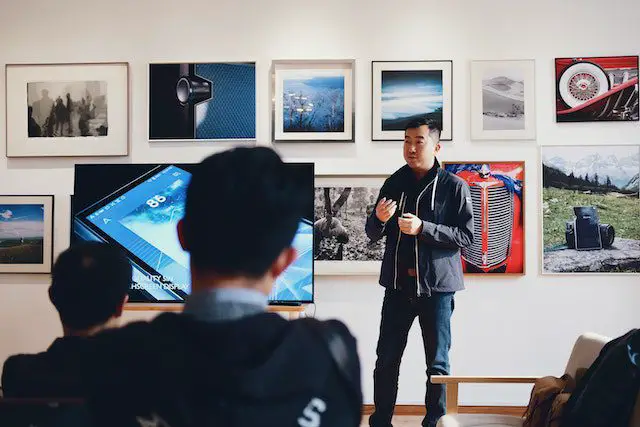


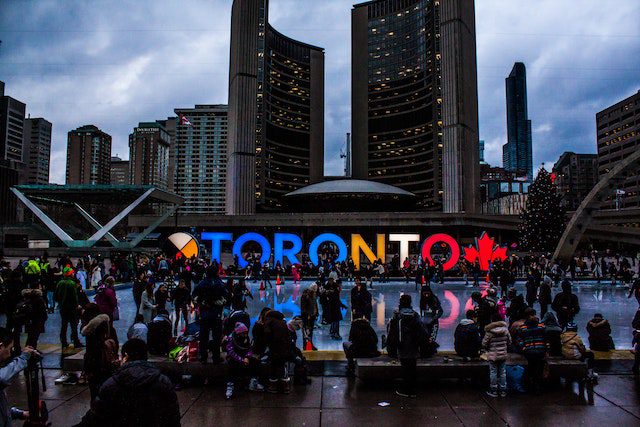



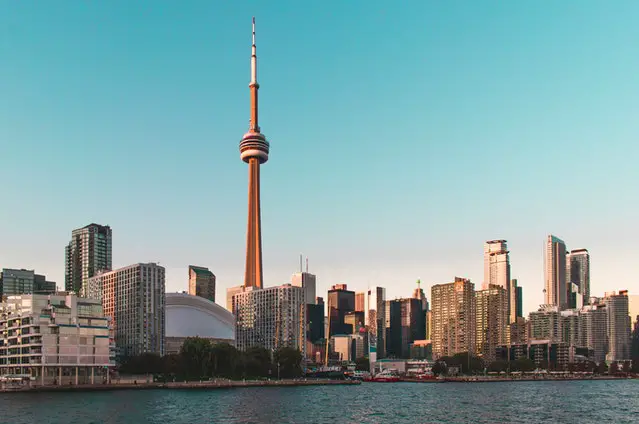
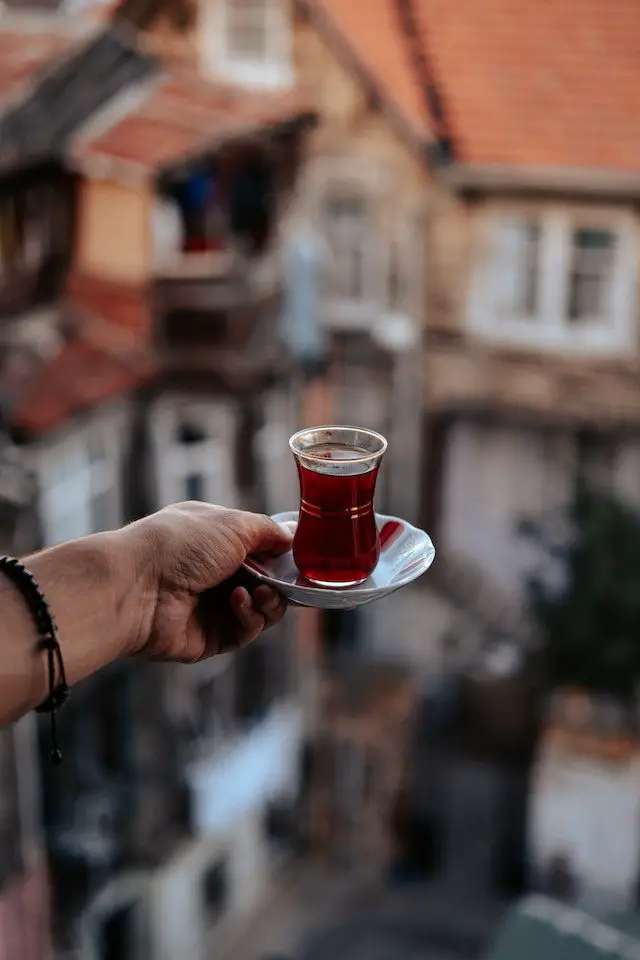

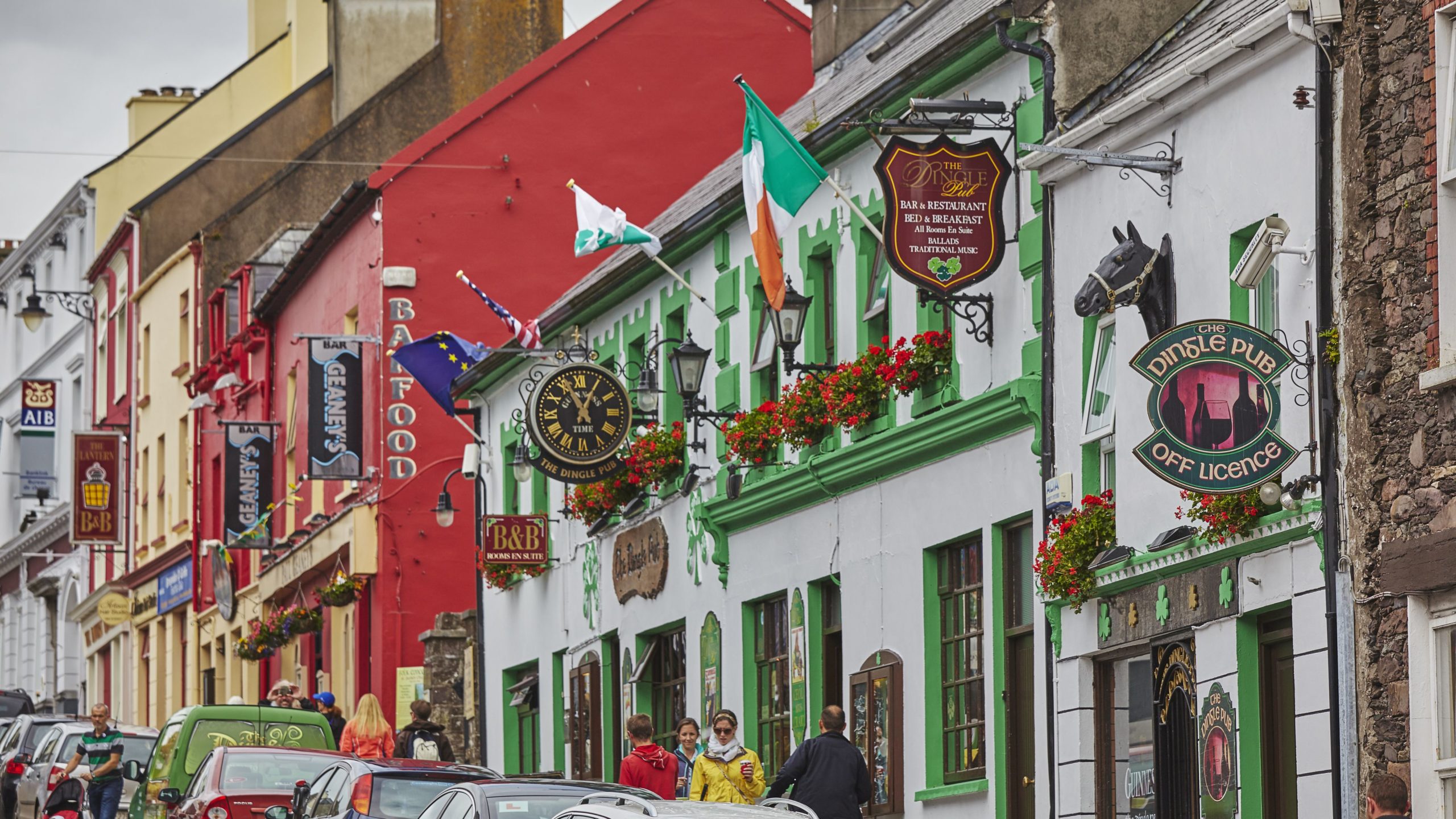

I real love this course since carrently am Persuing certificate in community health assistant.thats great .call me for more information kindly am a Kenyan student.
Ok these course of assistant nurse is it the same as palliative care for the elderly?
Am community health assistant student currently,and I would like to join you.
Hi. In general assistant nurse has a wider meaning, but yes it can also include care for the elderly.